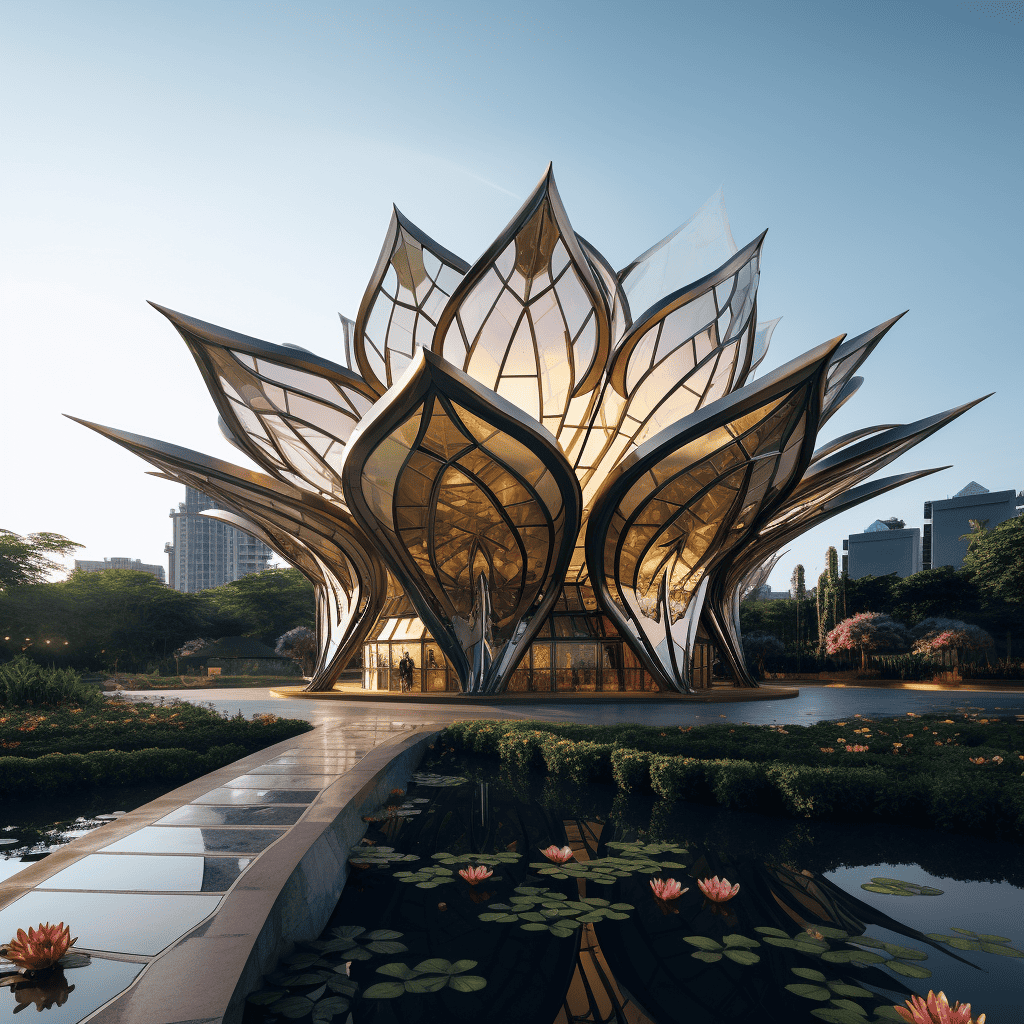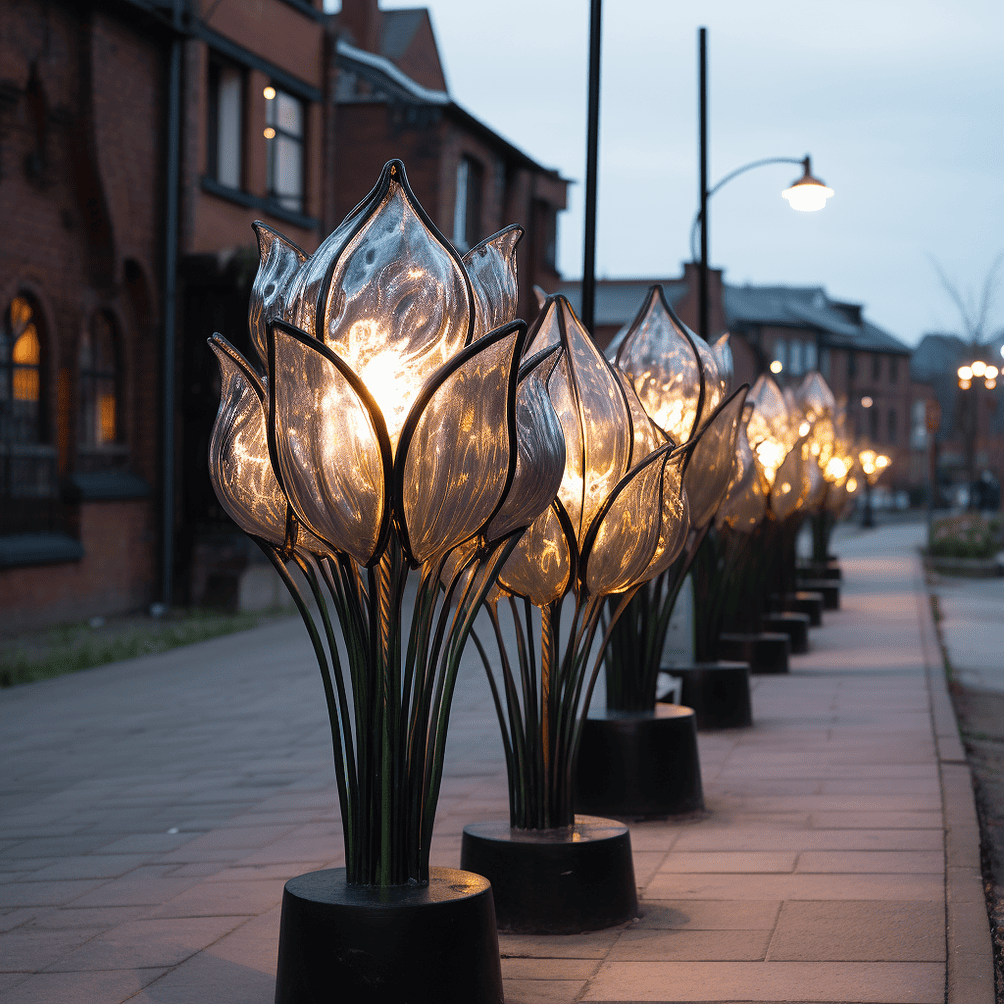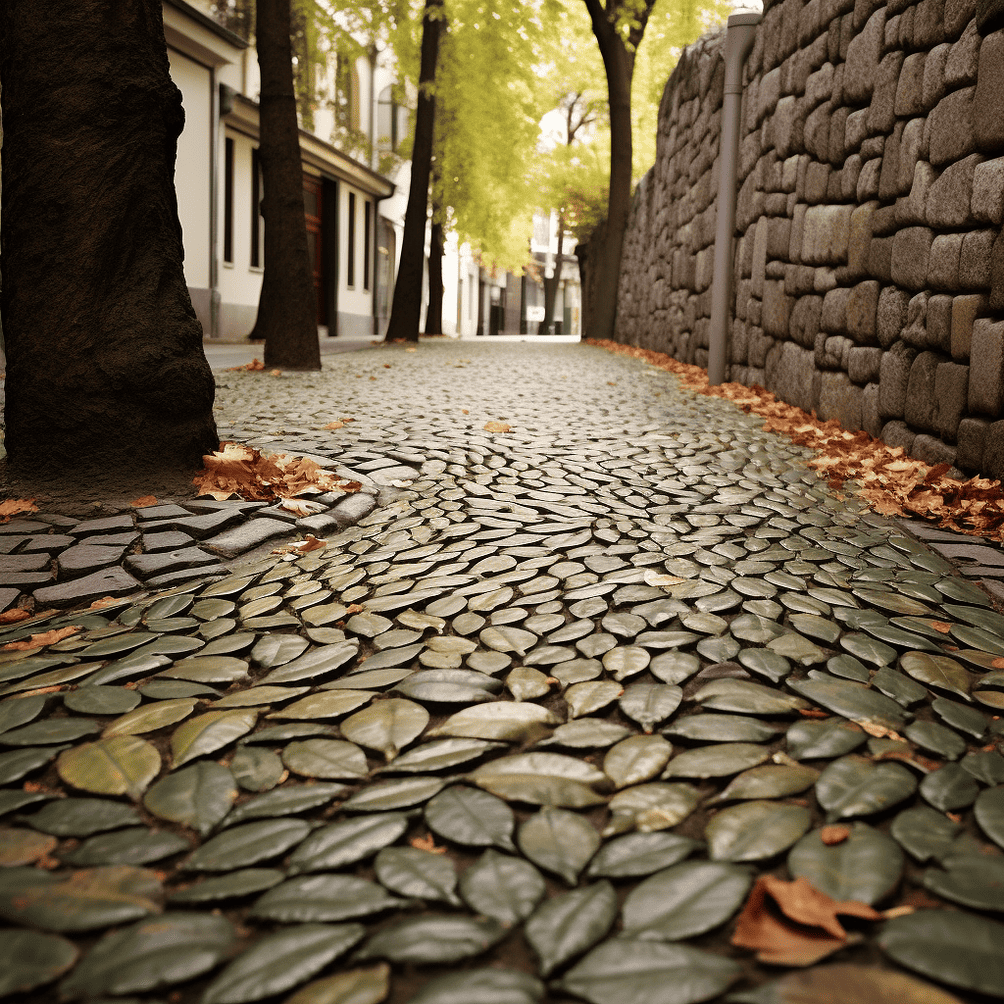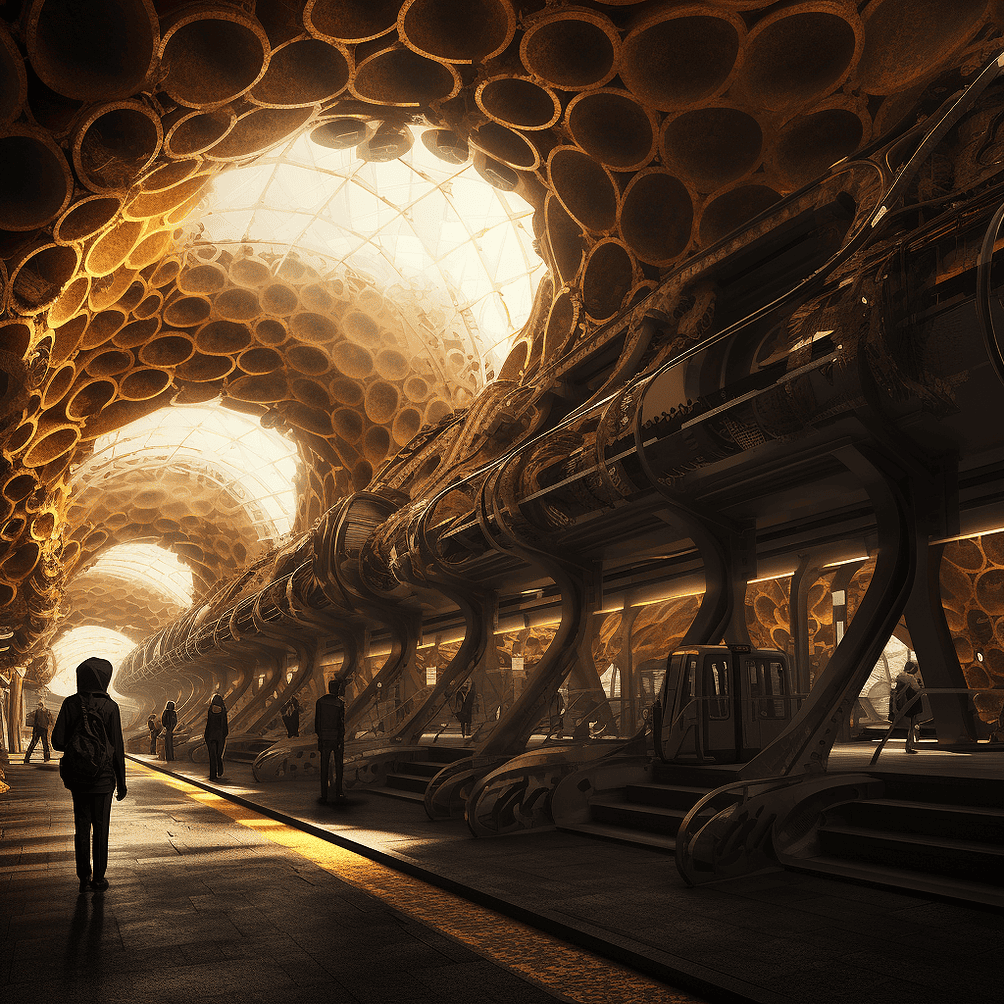
We humans are happy with greenery around us. At the same time, cities still resemble a concrete jungle with endless streets of asphalt. What if we rigorously redesigned Dutch cities, letting nature take architectural control? For the sake of convenience, we park the cost-benefit analysis for a moment. We enter a future dream city, in which money and resources play no role.
Why you need to know this:
We have become accustomed to the functional architecture of cities. Yet things could be quite different. Time for a little thought experiment.
Nature sometimes seems further away than the moon in many cities. We can partly attribute the monotonous aesthetic to the industrial revolution. During this period, efficiency and functionality were the main focus. Flat walls and asphalt streets were shaped by a deep-seated desire for order and regularity.
However, studies confirm what we intuitively already know: we are not made for this kind of environment. People thrive much better in nature-inspired habitats. The smell of fresh grass and views of giant oak trees have a positive impact on our well-being. This even goes so far that, when we are recovering after surgery and look out on a park, our healing process is shown to speed up.

Although we increasingly see greenery reflected in the modern architecture of homes, streets and neighbourhoods, it could still be ‘much crazier’. Now I have little to complain about, as I live in Berlin: one of the greenest cities in Europe. Thirteen per cent of the city consists of parks and gardens, 18 per cent of forest and another seven per cent of lakes, rivers and canals. Nevertheless, when I look out from my living room, my panorama is dominated by white concrete walls and metal balcony railings of the opposite building.
What would our cities look like if we were inspired by nature? I take you to a city where parks have all the space, and the shapes of buildings and streets are organic and natural.
Thousands of lilies at the roadside
In our city of the future, permeable paving has made its appearance, an alternative to regular asphalt that promotes natural drainage. Very convenient in times of climate change and extreme weather conditions. Instead of the usual monotonous grey surfaces, the innovative streets consist of a playful and aesthetic leaf pattern.
Nor should we forget the classic lamppost. They are not just a necessity in our city, The lily-inspired design is a feast for the eyes.


A giant orchid
Then: the buildings in our city. They seem to bloom like giant orchids, with curved, undulating shapes that extend to the roof and stretch out like petals (see Figure 1). Sustainability is central to the design. The buildings’ walls are also made of innovative materials, such as biodegradable composites. Solar collectors are subtly integrated into the ‘leaves’ of the roof. The facades are covered with green plants, which serve as a natural environment for insects, such as bees. This promotes biodiversity.
A honeycomb station

Speaking of bees. Railway stations too are no longer chilly structures, but vibrant hubs reminiscent of a beehive. Just as the yellow-black flower-seekers have easy access to their cells, the station’s most-used spaces are strategically placed in the centre, resulting in fewer bottlenecks.
Back to reality
What is so delicious is that, in our dream scenario, we can leave out issues like cost and effectiveness for a while. A simple concrete slab probably costs just a little less than a designer building. Not to mention what is feasible in terms of construction. After how many years are our artful foliage streets due for renewal? And can the canopy of the orchid buildings withstand a pack of snow? Plenty to investigate, then, before we move on to action.
So we have to be patient for a while. Fortunately, until then I have a refuge, in the form of Grünewald: a vast forest near Berlin that offers me plenty of natural inspiration for the time being. Even if the lily-lanterns are still a while away.

